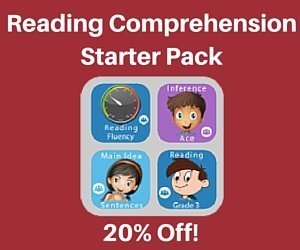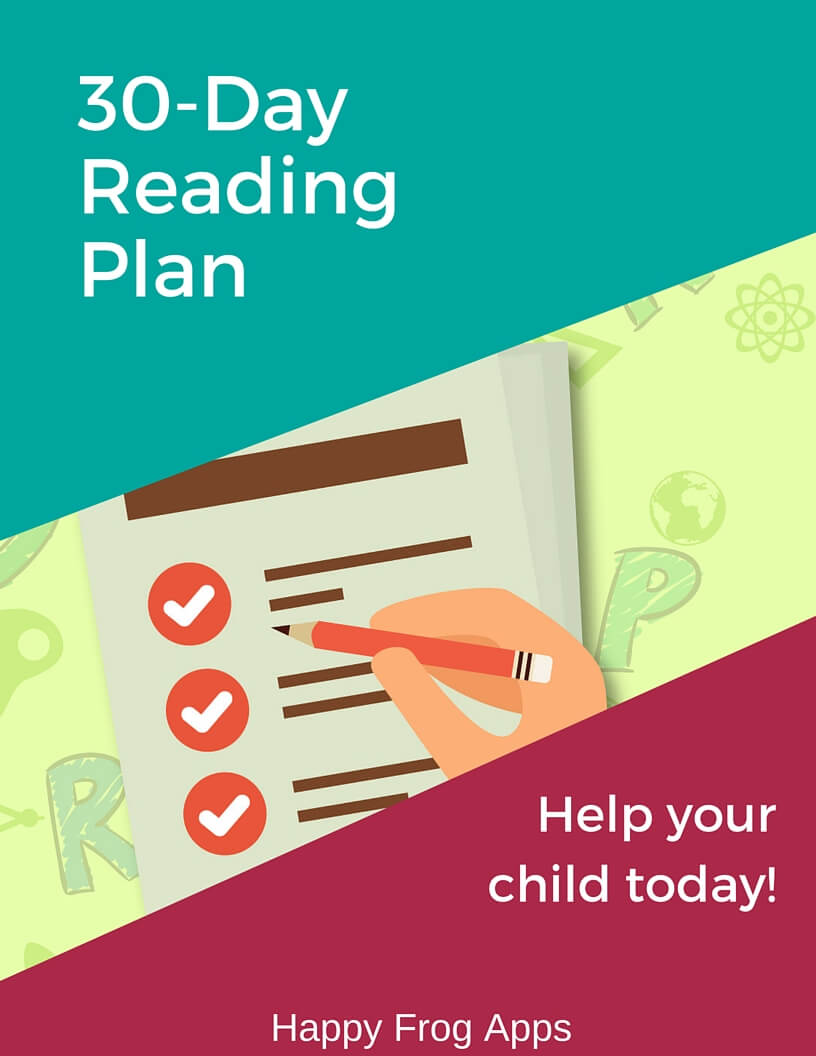
Inference skills are one of the key skills required for reading comprehension. In fact, according to Marzano (2010) , inference is a “foundational skill” — a prerequisite for higher-order thinking.
If you have a struggling reader, read on to learn all you need to know about this important skill.
What are Inferences?
Firstly, let’s explain what inferences are.
Making an inference involves using what you know to make a guess about what you don’t know. For example, look at the following sentence.
John got out of his comfortable chair and turned on the light.
From this we can guess, that it is dark… or starting to get dark. We can make this inference because we know that people usually turn on lights when there isn’t enough light to see.
When it comes to reading, inferencing should happen multiple times per sentence.
Looking at that same example, we can also infer that John is now standing. The author did not state that he is now standing, but we can infer because we know that when people get up from a chair, they are usually standing.
We can also infer that he might be in the living room, since the chair is referred to as ‘comfortable’ and people typically read in the living room.
One sentence – at least three inferences. And it is these inferences that allow us to visualize the story.
Why is inferencing important?
Good comprehension cannot happen without inferencing — it’s a foundational skill. It’s that simple.
If you want your child to have good comprehension, then they need to have strong inferencing skills.
How Happy Frog Helps
We have a variety of resources to get you started.
Inference Ace and Inference Clues provide step-by-step instruction and practice on inference skills.
The apps teach 10 different types of inferences. Students learn in a fun, game-like environment and there is a Reward Center to provide additional motivation.
Check them out on the app store. We recommend starting with Inference Ace.
![]()
![]()
If you prefer workbooks, we’ve got you covered.
This 60-page PDF workbook builds skills in all ten types of inferences that are needed for fluent comprehension.
The workbook is designed to appeal to non-motivated learners. One or two pages a day will make your learner feel successful and relieve your worries.
Info We Referenced
Marzano, R. (2010). Teaching inference. Educational Leadership, 67(7), 80-01. Available online at
http://www.ascd.org/publications/educational-leadership/apr10/vol67/num07/Teaching-Inference.aspx
.
Other research that supports this strategy
Beers, Kylene. (2003). When kids can’t read: What teachers can do. Portsmouth, NH: Heinemann.
Gregory, A.E., & Cahill, M. (2010, March). Kindergartners Can Do It, Too! Comprehension Strategies for Early Readers. The Reading Teacher, 63(6), 515-520.
Harvey, Stephanie, & Goudvis, Anne. (2000). Strategies that work (pp. 277-281). York, ME: Stenhouse.
Ozgungor, S., & Guthrie, J. T. (2004). Interactions among elaborative interrogation, knowledge, and interest in the process of constructing knowledge from text. Journal of Educational Psychology, 96(3), 437-443.





